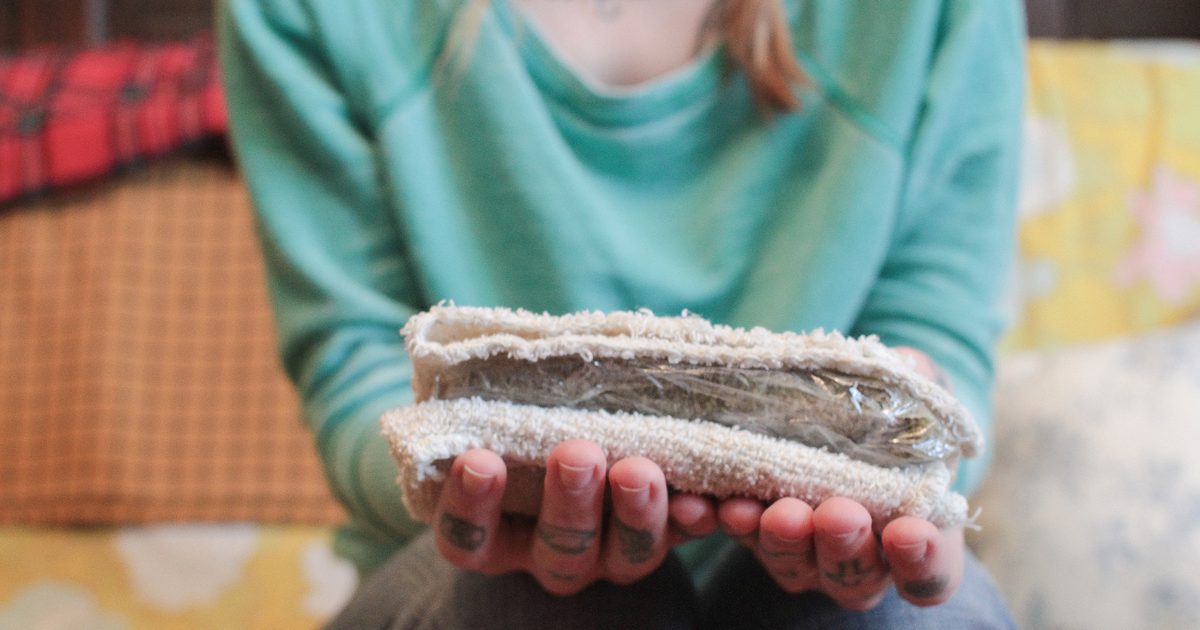How To Treat And Prevent Cat Scratch Disease
Cat scratch disease, alternatively called cat scratch fever, is caused by the bite or scratch of a domestic cat that is carrying the B. henselae bacterium on its claws or teeth. Cats are natural hosts for the bacteria. This means cats are usually immune to the bacteria and don't display symptoms of the illness. Close to half of all cats will carry the bacteria at some point in their lives, but it's more common in when they are kittens. The bacteria is typically passed to cats from fleas. Symptoms in humans include a bump where the bacteria entered the body, body aches, low fever, and headache. Antibiotic therapy generally clears the infection quickly. Cat owners should keep their pets indoors and ensure they are free of fleas, using topical flea treatments if necessary.
Antibiotics

Antibiotics are drugs that kill bacteria. Unfortunately, they can't tell the difference between disease-causing organisms and beneficial bacteria. For example, there are many friendly bacteria in the body's microbiome, or the intestinal environment, and they help keep bad bacteria in check. Some are involved in the production of certain vitamins like vitamin K. Cat scratch disease is generally a self-limiting condition, which means it tends to improve over time even without medication. Thankfully, it's relatively rare, and complications from it are even rarer. However, the bacteria can make some individuals sick enough so that drug treatment is advisable or necessary. Some antibiotics commonly used for cat scratch disease are azithromycin, clarithromycin, rifampin, trimethoprim-sulfamethoxazole, and ciprofloxacin.
Unveil more ways to treat cat scratch disease now.
Anti-Inflammatory Medication

Anti-inflammatory medications are also referred to as non-steroidal anti-inflammatory drugs, and examples include ibuprofen, acetylsalicylic acid, and naproxen. All three are available over the counter in limited dosages. Acetaminophen is a pain reliever, but it lacks anti-inflammatory properties. Nonsteroidal anti-inflammatories relieve pain and reduce fever and inflammation. The presence of a bacterial infection in the body is probably going to cause a generalized inflammatory response as the body ramps up the immune system to fight the infection. Anti-inflammatory medication is useful in treating the mild fever, body aches, and pains that can occur during even a mild case of cat scratch disease.
Continue reading to learn about the next strategy for treating cat scratch disease.
Hot Compress

There will typically be a red bump or blister where the cat scratched a victim of cat scratch disease. This red bump is infected with the B. henselae bacteria, and it will be sore and may feel hot and painful. There may be pus inside the lesion as well. A hot compress will help the bump drain and heal faster, as well as reducing pain. Soak a clean facecloth in warm to hot water and apply it to the lesion for twenty to thirty minutes several times a day. Wash the bump with antibacterial soap to keep the area clean. When the lesion begins to drain, cover it with a sterile piece of gauze. A used compress must either be discarded or washed thoroughly with detergent and hot water before using again. Patients should always thoroughly wash their hands with antibacterial soap and hot water after contact with the lesion.
Read about the next method of treating cat scratch disease now.
Rest Period

Cat scratch disease is typically not serious for most individuals, and medical treatment may not be necessary. However, the bacteria can cause some individuals to feel tired. It can also cause swollen lymph nodes under the arms, groin, and neck. It can take up to a few months for lymph nodes to return to normal size. If only mild symptoms are present, cat scratch disease can be treated with rest. This doesn't mean constant bed rest. It just means the patient shouldn't do strenuous activities. If children tire quickly, they should be encouraged to play quietly. Resting gives the body a chance to fight the infection and recover naturally. One instance of the disease generally confers lifelong immunity. This is why many cat scratch fever victims are children. Not only are young children more likely to be scratched by a cat, but many individuals are immune by the time they are adults.
Get to know more about treating cat scratch disease effectively now.
Draining With A Needle

Although cat scratch disease is usually mild, this isn't true for everyone, and complications can arise. Bacteria often invade the lymph nodes, causing them to swell and feel sore. Sometimes these lymph nodes can fill with pus. When that happens, they need to be aspirated, which means draining them with a needle. This will clear out the pus and relieve much of the swelling, pressure, and pain. The aspiration procedure may also be used as a way of confirming the exact type of infection present in the nodes. Aspiration of the lymph nodes for cat scratch disease is not a routine procedure. It's only recommended for severe swelling and pain. This does not normally occur. Most of the time, lymph node involvement in cat scratch disease is mild and clears up without special treatment.